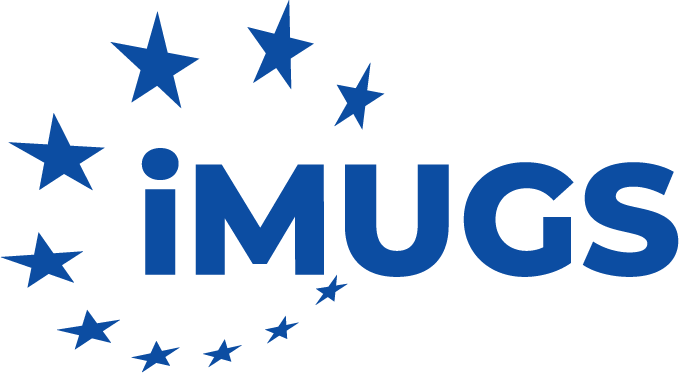ABOUT imugs
The Integrated Modular Unmanned Ground System (iMUGS) and its follow-up, iMUGS2, form one of the EU’s most ambitious defence initiatives, combining cutting-edge technology and pan-European collaboration.
Together, the projects aim to develop next-generation Multipurpose Unmanned Ground Systems to meet diverse mission needs and enable easy upgrades of aerial and ground platforms, C3 systems, sensors, payloads, and AI-driven functionalities.
While iMUGS laid the groundwork with a €32.6M effort launched in 2020, the €55M iMUGS2 builds on that success to deliver interoperable, combat-ready UGVs with enhanced autonomy, ISTAR capabilities, and integration with infantry forces across European terrain.
Funded under the EU’s EDIDP and EDF programmes, iMUGS and iMUGS2 involve up to 29 partners from 15 Member States.

iMUGS
The project, officially named EDIDP-MUGS-2019 Multipurpose architecture for unmanned ground systems and solutions for systems integration and manned-unmanned teaming, utilized an existing unmanned ground system—the THeMIS—developed by Milrem Robotics (the project’s coordinator) and a specific list of payloads.
The objectives of iMUGS were to:
- develop a modular and scalable architecture for hybrid manned-unmanned systems,
- address a large range of non-lethal missions,
- enable easy update or modification of legacy assets and functionalities for unmanned systems,
- showcase progress in live demonstrations,
- analyse ethical and legal aspects and the acceptability of unmanned systems in the general public and military personnel.

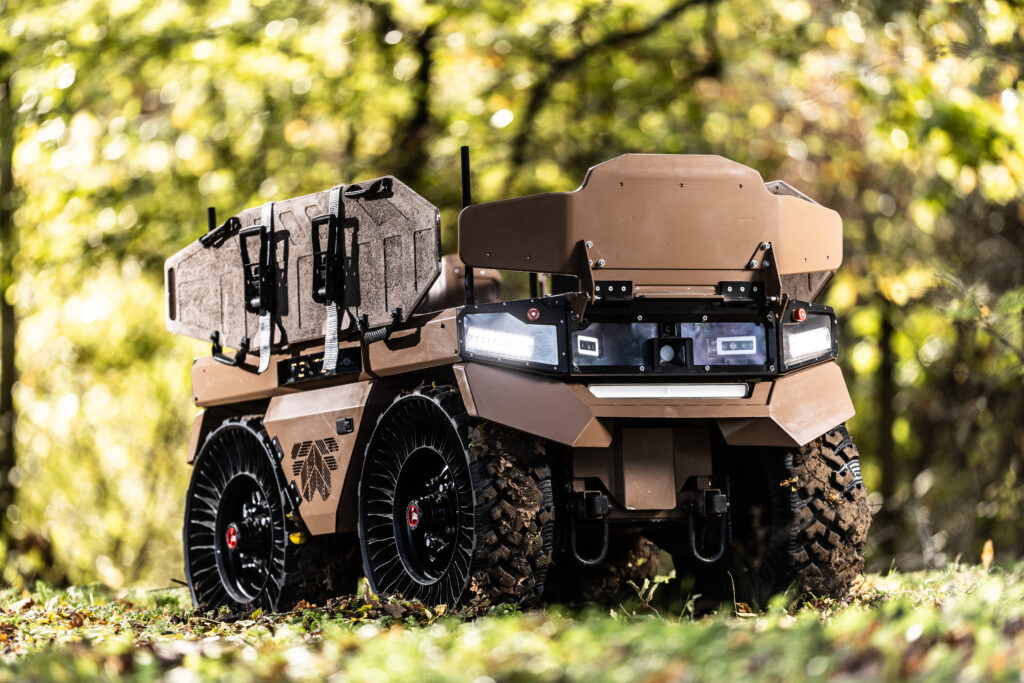
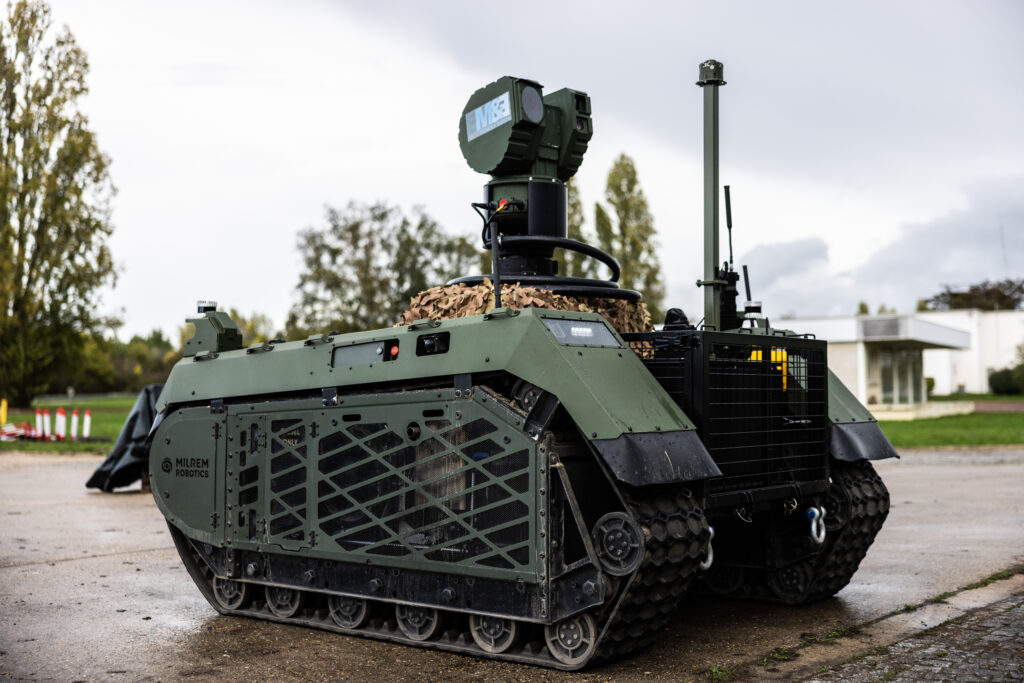
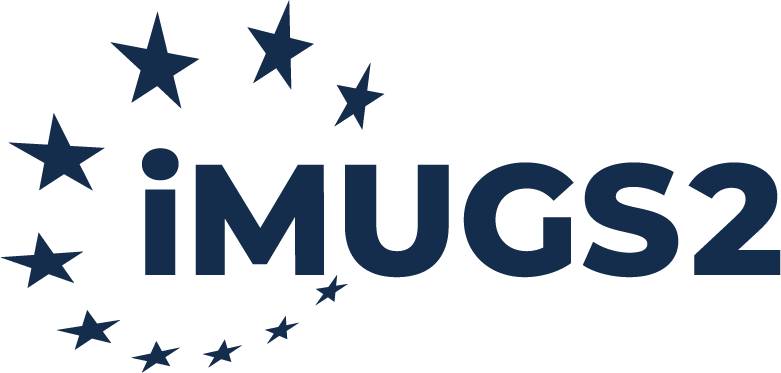
Following the success of iMUGS, the Consortium is proud to continue with the follow-up European Defence Fund (EDF) Call EDF-2024-DA-GROUND-UGS-STEP.
The iMUGS2 project aims to develop an unmanned ground system capable of manned-unmanned and unmanned-unmanned teaming with other robotic unmanned platforms and manned infantry vehicles to provide them full battlefield support.
The Consortium
Thanks to the success of iMUGS, the majority of participating companies chose to continue with iMUGS2. Over a dozen new companies have joined the consortium. Each is high-level in its respective fields of business. Together, they provide a good balance between innovators and experts. The iMUGS2 consortium is represented by companies from all 15 participating member states.
Building on the success of iMUGS, iMUGS2 will advance European security through robust industrial collaboration across the continent. The project will facilitate the development of a standardized open architecture, ensuring interoperability and seamless integration of defence solutions among member states. Leveraging cutting-edge European technology and expertise in combination with the utilization of other ongoing EU projects, iMUGS2 will strengthen the European defence industrial base, enhancing strategic autonomy and reducing dependency on non-European technologies.
The consortium, comprising leading companies from all participating member states, brings extensive experience meeting diverse military requirements. This pan-European collaboration will enhance the defence capabilities of individual member states and contribute to the collective security of the European Union.
Benefits of iMUGS2 for the European Union
iMUGS2 will focus on the practical implementation of mature, ready-to-deploy solutions that are easy to procure and tailored to each member state’s specific needs. This approach ensures rapid deployment and operational readiness, significantly contributing to Europe’s defence preparedness. Additionally, the project will drive innovation, create jobs, and foster new skills within the European defence industry, further cementing Europe’s position as a leader in global defence capabilities.
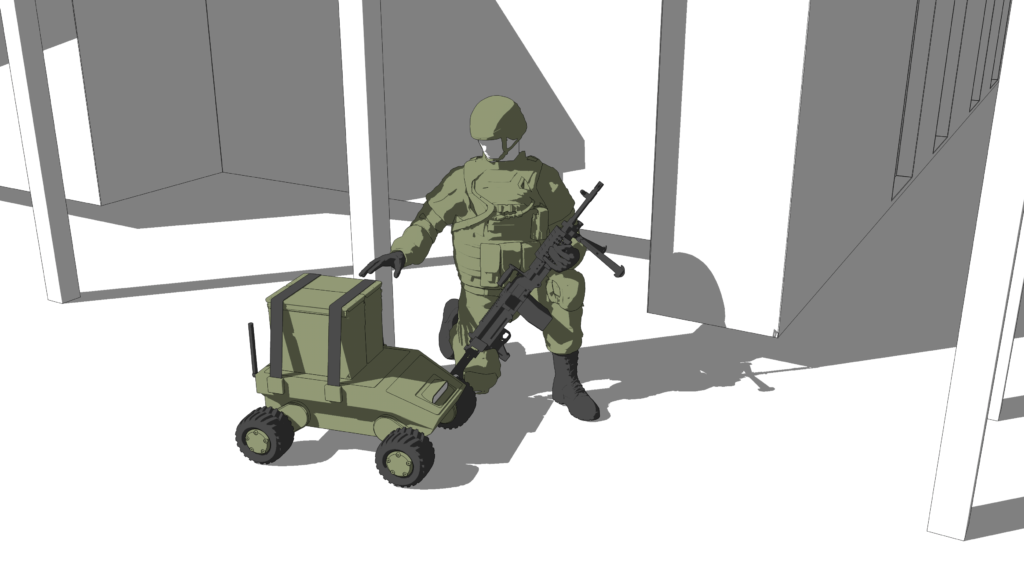
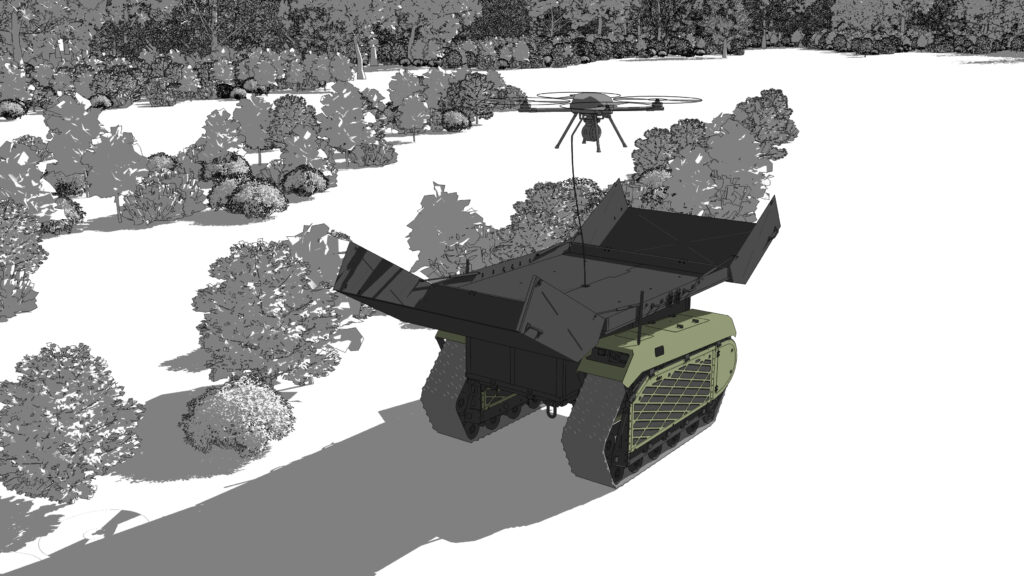
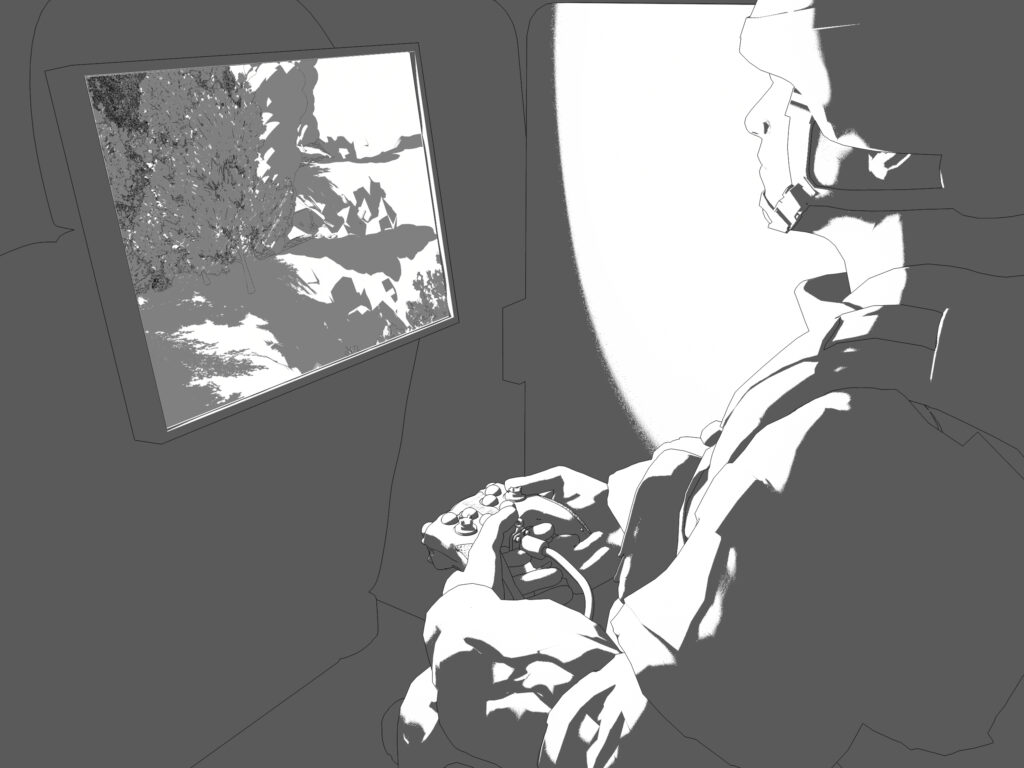

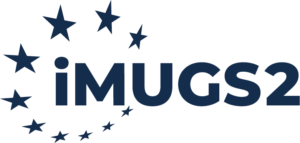
European Consortium Launches iMUGS2 to Advance Interoperable Unmanned Ground Systems
A European consortium uniting leading defence, research, and technology organisations from across the Union has launched the iMUGS2 project to develop the next generation of interoperable unmanned ground systems, following its successful proposal to the European Commission under its European Defence Fund (EDF) programme. The project is coordinated by Milrem Robotics.
Building on the achievements of the first iMUGS project, iMUGS2 aims to enhance Europe’s autonomy and robotics capabilities by developing a scalable, interoperable, and secure system-of-systems architecture for both unmanned and manned platforms. The project reinforces Europe’s technological sovereignty in key defence areas, including AI-driven autonomy, systems integration, communications, and command and control.
“With iMUGS2, Europe takes another significant step towards developing truly interoperable and scalable robotic forces that enhance the continent’s defence capabilities,” said Raul Rikk, Capability Development Director at Milrem Robotics. “The project promotes innovation and cooperation among European nations, ensuring that future AI-based autonomous systems can operate seamlessly together on the battlefield.”
iMUGS2 begins immediately with extensive conceptual, operational, and technical development across multiple domains. Partners will design and refine operational concepts, system architectures, and technological solutions that advance manned–unmanned teaming, autonomous functions, secure communications, and electronic protection.
In parallel, the project focuses on system integration, lifecycle efficiency, and interoperability, laying the groundwork for upcoming demonstrations and capability deployment across Europe’s defence landscape. These developments will ensure resilient, cost-effective, and future-ready unmanned systems.
About iMUGS2
With a total value of approximately €55 million and nearly €50 million in EDF funding, iMUGS2 pursues three strategic objectives: to develop and demonstrate combat-ready unmanned ground systems that support dismounted troops; to define operational concepts showing how unmanned ground and aerial systems can improve infantry battalion operations and cross-domain cooperation; and to advance modular, open architectures and lifecycle management frameworks that ensure interoperability across both legacy and future platforms.
About the Consortium:
The iMUGS2 Consortium comprises 29 partners from 15 European Union member states. The group includes large corporations, mid-sized businesses, SMEs, and research organisations. Each partner provides leading expertise in their respective fields, supporting a comprehensive vision throughout the project’s lifecycle. This diversity allows the consortium to tackle potential challenges and deliver strategic, effective solutions.
The iMUGS2 Consortium includes the following entities: AVL List, Bittium Wireless, Bureau Veritas, Czech Technical University in Prague, Cybernetica, Delft Dynamics, Diehl Defence, dotOcean, Elettronica, Escribano Mechanical and Engineering, FN Herstal, GMV, Huta Stalowa Wola, Insta Advance, Integrated Systems Development, John Cockerill Defense, Kepla, KNDS France, KNDS Germany, Kongsberg Defence & Aerospace, Latvijas Mobilais Telefons, Łukasiewicz – PIAP, Milrem Robotics (project coordinator), Nortal (Talgen Cybersecurity), Norwegian Defence Research Establishment, the Royal Military Academy of Belgium, Safran Electronics & Defense, Svensk Konstruktionstjänst and TNO.

Information contained here reflects only the author’s view and the Commission is not responsible for any use that may be made of the information contained here.
